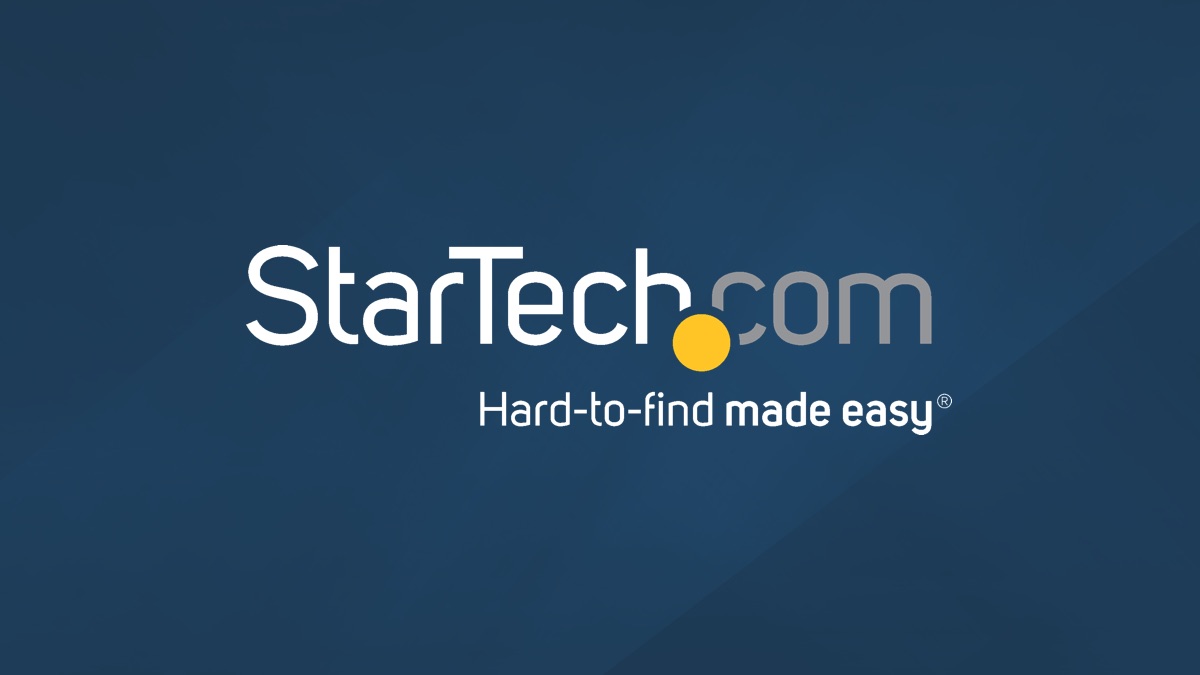Please tell us in detail exactly what you did to clone the drive that failed today. We're much more interested in what actually happened than what should have happened.
Between us all, the people contributing to this thread have cloned tens (maybe hundreds) of thousands of hard drives with a much less than 50% failure rate. You're clearly doing something differently.
We'd like to help you learn to help yourself. That's what Technibble is for.
I appreciate the help for sure. So my first attempt on this drive today, I booted into a winPE environment off usb and opened Acronis True Image. I selected the source drive (500GB HDD), then selected the target drive (256GB Nvme m.2 SSD). It gave me a message about converting to GPT. I went ahead and clicked proceed. About an hour later I got a message about not being able to write something to disk (which happened the last three times as well) and I clicked "ignore all", then the clone completed. Then, with the new drive already being installed, I rebooted the system and got the winload.efi error. By the way, the 3 previous clones with the error about not being able to write something to disk, they worked fine anyways.
Next, I did the exact same thing, except with a regular SSD of 480GB. After the clone and installing into the new system, I got the same winload.efi error on boot. So I think something is going on with the source drive.
I am able to access the original HDD (source drive) through explorer and see the files in it.
Now, on another note, since this has failed twice on me, I decided to go with Fabs Backup. I'm sure you are probably familiar with it. Fabs only copied about 800MB worth of data even though everything in the user folder was selected. This is not the first time this has happened with Fabs. So I had to manually copy over everything from the user folder. I installed a fresh copy of win10 on the new drive on the new PC and restored data from Fabs, but as you know, this doesn't restore everything, like program files and some settings. I would much have preferred a working clone.
Also, a new problem. I installed a copy of windows on the new drive but had also left the second SSD I tried still connected via sata. Windows installation went fine but when I shut down the computer, disconnected the second SSD then booted again, I got "no bootable device. insert proper boot device and reboot" error. I then reconnected the second SSD and booted and got a screen asking me to choose which win10 installation and there were two listed. Volume 6 and volume 3. I picked 6 and it went into windows. I rebooted and picked 3 and got the BSOD as before so I know which one is which. I have seen this problem before and forgot what the fix for it is. I think it has something to do with boot information being stored on both drives. I was going to sell the second drive as a data drive alongside the 256GB Nvme but I'm worried that if I wipe the 480GB SSD (second drive) that I wont be able to boot to the new drive. Is any of this making sense?
So that's where I'm at with all this.

